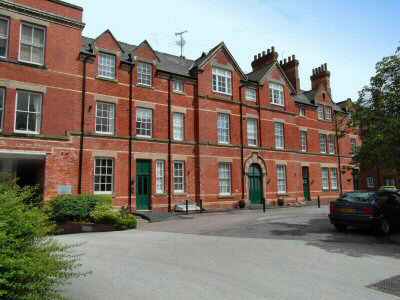REPTON
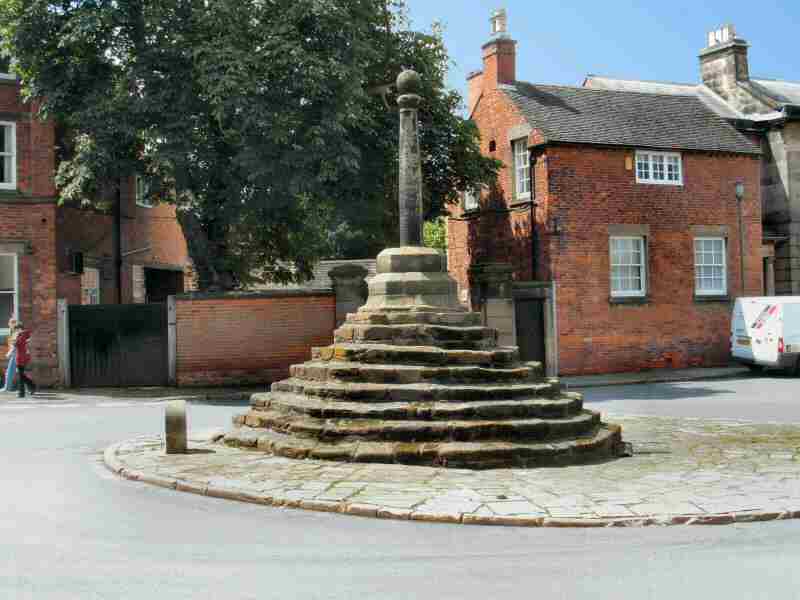
INFORMATION
Where is it? – On the B5008 Willington to Burton Road, there is a small car park, about 80 yards from the village cross on Burton Road (SK304269).
What to do? – Visit the parish church of St Wystan, which has existed, in some form or other, since the 8th century. Underneath the chancel is the Saxon crypt that was the burial place of Mercian kings – follow the Village Trail around Repton – and visit nearby Bretby Garden Centre.
Where to eat? – The Bull’s Head is a large distinguished-looking pub, which at one time was a posting Inn with stables. The flagstones date back to the 16th century. It enjoys a good reputation for food as does the recently refurbished Boot Inn, which is also well worth a visit.
Other places to visit – Enjoy a visit to Foremark Reservoir, a 230-acre reservoir, which provides footpaths, picnic facilities, sailing and good trout fishing. A recent addition is an area of woodland planted with 10,000 trees. There is a small Visitor Centre and children’s play area – Calke Abbey and grounds ‘The place where time stood still’ was the phrase used to describe this property when the National Trust opened it to the public in 1989. One of the most unusual of English country houses with large collections of birds, ornaments, paintings and photographs – Swadlincote Ski and Snowboard Centre is a large leisure facility and dry ski slope providing Skiing, Snowboarding, Toboggan and Sno-tubing with a fully licensed bar and restaurant.
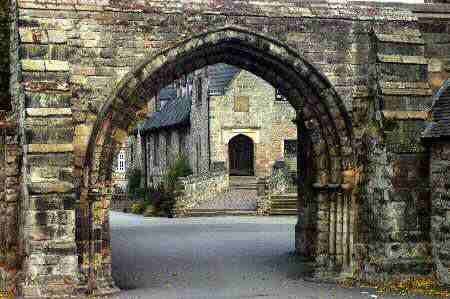
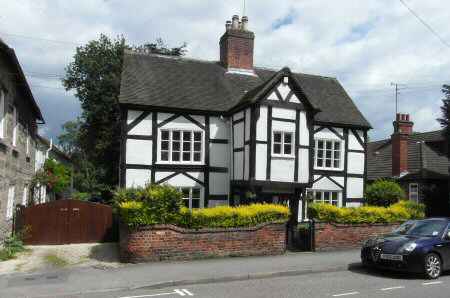
PROFILE
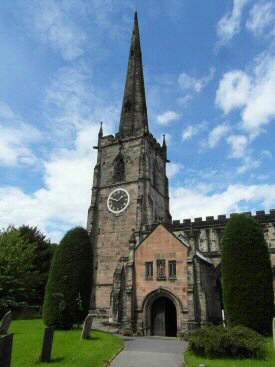
It is difficult to realise when visiting Repton that in the 7th century, it was the capital of the Kingdom of Mercia. In 653, King Penda’s son returning to Repton from Northumbria, with a Christian bride and four priests, set about establishing a monastery as a base to spread Christianity across the Midlands. Over 200 years later The Danes destroyed the monastery.
The classic film ‘Goodbye Mr Chips’ was shot at the school in 1938 by Metro-Goldwyn-Mayer. It is recorded that during a break in shooting, the boys playing cricket at the school were somewhat surprised to find themselves watched and applauded by a large band of costumed spectators. For many years a reminder of the film was provided by the village fish and chip shop. Its establishment was strongly opposed at the time that it was set up when it went under the name of ‘Goodbuy Mr Chips’.
ST WYSTAN’S CHURCH
The parish church of St Wystan has existed, in some form or other, since the 8th century. Underneath the chancel is a Saxon mausoleum and crypt that was the burial place of Mercian kings. Although comparatively small, the crypt is one of the most important pieces of Saxon architecture in this country. The date the crypt was built is uncertain, but experts believe the central part was constructed in time for King Aethelbald’s burial, in 757. Following the burial of St Wystan, it became a place of pilgrimage until the bones were moved away in the 11th century. For many years after that, the crypt lay forgotten, until in 1779 a worker, making a grave below the chancel fell through the floor into the space below and it was re-discovered!
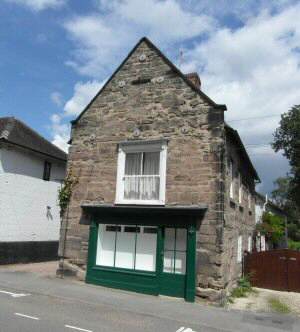
THE PRIORY
The Priory founded about 1172, was dissolved at the time of the Reformation. Now Repton School occupies part of what remains of it, but most of the premises are 19th and 20th century. Many of the other stones that were discarded at the time came in very handy when other properties were being built in the village. It is thought, that the Old Stone House in High Street has been constructed from dressed stone taken from the Priory.
At the entrance to the school is the Priory Arch, a survivor from the old Priory Gatehouse that dates to the mid-13th century. Visitors are normally allowed to go through into the schoolyard as far as the (east) crypt end of the Parish Church but should ask if in any doubt. From here, a vast array of architectural styles can be seen covering most centuries from the eighth upwards. Down the slope is the cricket ground where county cricket has been played in the recent past. The late Guy Willatt who was a master here, captained Derbyshire in the 1950s and later became the Chairman of the Cricket Committee, during a relatively peaceful and successful period in the club’s somewhat turbulent history.
REPTON COLLEGE – NOTABLE PEOPLE
One of the most notable sportsmen in this country’s history, C B Fry, went to school at Repton and is buried in the churchyard. Repton can also claim to supply three Archbishops of Canterbury, Dr William Temple and Dr Geoffrey Fisher who were both former headmasters and Dr Michael Ramsey who was a pupil at the school.
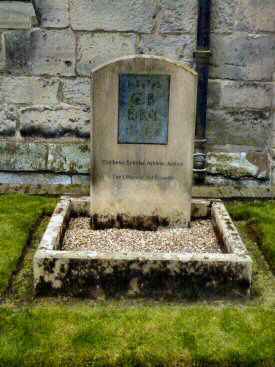
WILLINGTON ROAD
On Willington Road, the school chapel was built to commemorate the 300th anniversary of the founding of Repton School. It was consecrated in 1839. The thatched cottages a little further along the road are quite ancient, the right-hand cottage beginning life as a farmhouse in c1600.
MEDIEVAL CROSS
The medieval cross was at the centre of the old village around which markets and fairs were once held. Markets were held on Wednesdays and the two annual fairs were in July and at Michaelmas. The latter was called the Statutues Fair when farm workers and domestic servants were hired. Many of the buildings near the cross are used by the school.
HIGH STREET
High Street contains several fine old listed buildings. Near the top, the Post Office, Village Shop and St Wystan’s Independent Day School and Nursery follow in quick succession. Further along the street, the timber-framed Tudor Lodge dates back 400 years and almost certainly contains stone from the dismantled Priory. A more recent property, a mere 230 odd years old, is the Brook House named after the Repton Brook that flows behind the house. At the far end of the High Street, is the appropriately named Well Lane where a well used to be located. The lane leads you past several large houses, one of which, Easton House, was built to the design of Edward Lutyens, who has been described as ‘the greatest British architect.’ On the outskirts of the village is The Grange, an imposing residence, a three-storey Queen Anne house built in 1703 for Joseph Holbrook, a former lord mayor of London.
